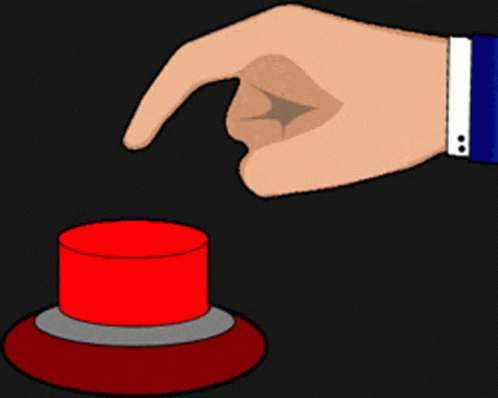GrahamB wrote:I wonder if people have odd ideas about the "boxers". I don't see them as a group of highly trained martial artists. Rather, I see them as disaffected local youth ("bare sticks" who had no prospect of marriage or a much of a future) rounded up from the local villages, whipped up on anti-foreigner propaganda, told they were on a mission to save the Empress, convinced that some sort of spirit trance could repel bullets and then sent out to murder innocent civilians then massacred by highly trained European troops. Everybody had guns and weapons. Nobody was kung fu fighting. Or boxing.
Thanks for the patience while I catch up to the leading edge of the discussion.
"I wonder if people have odd ideas about the “boxers”"
I wonder if you do, at least in the assumptions and details.
"I don't see them as a group of highly trained martial artists.”
Attaining a level of proficiency in a martial art was requisite to joining the secret societies which bred the rebellion. I am sure that as the rebellion started breaking out that less skilled were recruited too. The preparation for the Rebellion had been in the works for decades if not centuries.
"Rather, I see them as disaffected local youth ("bare sticks" who had no prospect of marriage or a much of a future) rounded up from the local villages”
Why would they go to the scattered villages when “disaffected youth” were concentrated in the cities. I’m not saying they didn’t go to any villages just not only the villages. Recruitment was not unlike gangs today, at least those here in the US. It meant protection and other perks for its members. Martial art schools were often a front for society operations, but recruitment was not limited to youth. In the villages, the martial arts were often taught within families. Elders of the village would have decided who to support. Individuals from villages where martial arts were not taught might be more likely to be individually recruited.
"whipped up on anti-foreigner propaganda, told they were on a mission to save the Empress”
This was a misdirect. The goal of the societies who participated in the rebellion was to restore China to the glory of the Ming, This meant to expel foreign exploiters and then end the Qing Dynasty. While the Boxer Rebellion failed to expel foreigners, the societies changed tactics and succeeded in ending the Qing twelve years later.
"convinced that some sort of spirit trance could repel bullets”
Yep, this still exists in kungfu shows, but instead of bullets, spear and knives are used, although, I remember a magician who used to catch a bullet in his teeth. This is an extension of Iron Shirt, Golden Bell and other trainings meant to toughen and harden the skin.
This is also a perversion of the “battle magic” that I referred to. Every Chinese army up to this time had used totems, talismans, and emblems to give their troops confidence in battle.
My favorite tactic during the Boxer Rebellion was the Women’s Support Group who entered trances and sent their spirits, out of body, to loosen the screws and otherwise sabotage the foreign troops. They may have been better off had the done like Chinese armies of the past and sprayed their enemies with female urine and menses.
"then sent out to murder innocent civilians then massacred by highly trained European troops.”
I doubt that was their goal, but when you elicit a mob, you can hardly predict the violence a mob will do. They were supposed to drive the foreigners into the sea. The notion in China has long been manpower over firepower. Vestiges of this idea still exist in the PLA today.
"Everybody had guns and weapons. Nobody was kung fu fighting. Or boxing.”
Well, the Boxers had guns but not every boxer had a gun or it may have turned out a little differently, but you are right, everyone had a weapon. The rebellion supporters had thousands of cheap ox-tail dao and spears made, others had staves and sticks that they had trained on.
I think that you tend to limit your definition of martial arts to empty-hand fighting. This was not the Chinese way. Empty-hand training was only ever a gateway, albeit important. The next step was melee weapons, followed by archery and horsemanship. Then, the maneuvers of troops and tactics of groups. However, in the Chinese psyche, the martial arts are scalable. That is, the same tactics and mindset one used to defend oneself from a mugging are the same tactics and mindset one used to defend one’s country from invasion.











